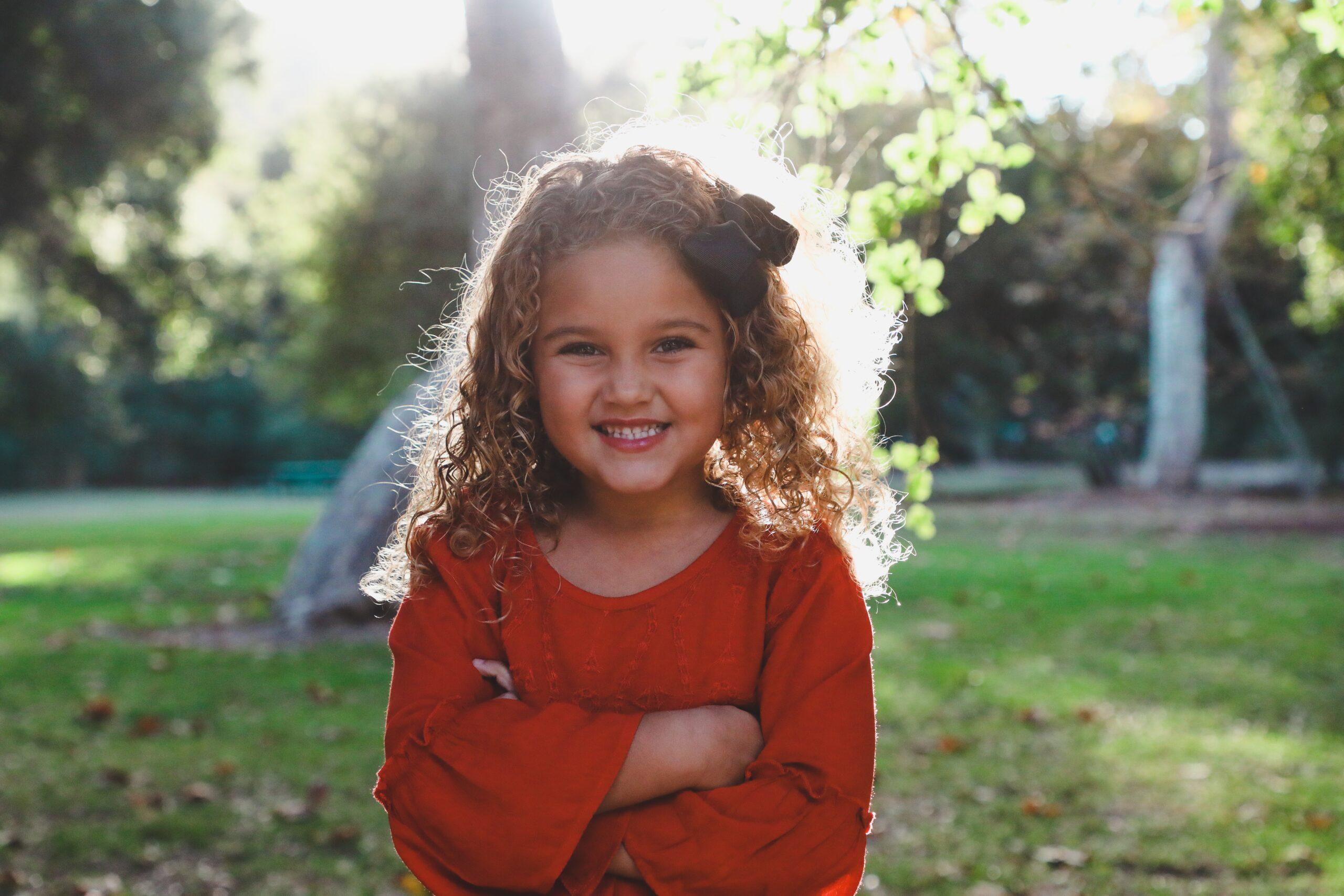One of the A-list tasks on every parent’s agenda is to raise well-mannered children. But just because we all want polite kids, doesn’t mean that our kids will automatically respond to our wishes and be polite. In fact, our children often have a sixth sense about such things, picking exactly the wrong moment to engage in rude behavior, such as spewing a smart-aleck comment at a visiting relative or making a disparaging remark about a gift to the gift giver.
Rudeness is, of course, a normal human behavior. When your child’s rudeness causes you to have a red-faced moment, remember that every one of us has times when we are not polite.
Even so, parents continually feel overwhelmed when confronting rudeness in their children. It angers and embarrasses them. When your children behave rudely toward others, it can make you feel as if you are doing something wrong as a parent, and this failure is on public display. When your children behave badly to you, it can make you feel angry and unappreciated.
However, once you understand the keys to teaching polite behavior, you can combat rudeness and any subsequent emotional angst it might cause in you.
Be on the Lookout
Stopping rudeness in children is a three-step process, combining awareness, modeling and practice.
For the first step, awareness, you gently but pointedly make your children aware when they are engaging in behavior that is not acceptable. If the rudeness is verbal, understand that there are two parts to communication: what you say (the content) and how you say it (the delivery). These parts have a hierarchy— content always trumps delivery. If the content is rude, then no matter how the message is delivered it will always be rude. For example, your child says, “I hate this present, Aunt Sara!” You cannot merely fix the problem by getting your child to curtsey the next time she says, “Aunt Sara, I find this present to be awful.”
In addition, the content of the message could be perfectly acceptable, but the delivery may not. Your daughter might say, “Move over so I can sit down on the couch, Aunt Sara!” This would be polite if the phrase changed to, “May I please join you on the couch, Aunt Sara?”
When making children aware of their rudeness, begin by pinpointing what they did that was rude. For a child who expressed displeasure at a gift, a parent might pull the child aside and quietly say: “What you are saying is rude. It is not nice to tell someone that you don’t like the present they bought for you. If you do not like a present, simply say thank you and tell the giver that you are happy he or she thought of you.” In this way, you are not teaching your child to replace unacceptable content by lying, such as having a child say she loved a present she didn’t. Rather, you are showing your child that in any situation, there are ways to be polite and kind.
If the rudeness is in the delivery, be specific about that, too. Tell your child, “That tone of voice is not alright.”
The caveat to awareness— you must also use awareness on yourself. What are your own rude habits? Chances are that your children’s rudeness mimics your own and is triggered under the same circumstances. For instance, I tend to use sarcasm when I’m exhausted or highly frustrated. Not surprisingly, my daughters are likely to snipe at me when they are tired or frustrated. I don’t like such rudeness, but at least I understand it.
Show How It’s Done
Once you have pointed out that a behavior is rude, the next step is to show the child a more polite alternative. Give the child the specific words and tone of voice to use.
This is the part of the process where self-awareness is crucial. If your own rudeness is triggered by anger or embarrassment, and you feel angry or embarrassed at your child’s rude behavior, you may subtly be acting rude to your child. You may be frowning or using a sarcastic tone of voice. Even if you are seething with negative feelings in reaction to your darling offspring’s rudeness, you still need to control and model, in an accurate tone of voice, the exact words and polite delivery you want your child to use.
An overly cheerful tone of voice is better to correct rudeness than a subtly chiding tone of voice. This is because modeling is more powerful than the content of your words. Done well, it illustrates that a person can be polite even when something is upsetting. That is, just because the child’s behavior angered or embarrassed you, doesn’t mean you have to use angry or embarrassed words and actions. Just because the child is frustrated with the gift, doesn’t mean the child needs to use frustrated words to the gift giver.
Practice Makes Perfect
Finally, insist that the child repeat what you modeled, exactly as you modeled it. It is critical that children immediately practice the correct, polite words and tone of voice so that they can experientially learn the difference between the unacceptable behavior and the desirable one.
Say, for example, you have just told your preschooler that a demanding tone of voice is rude and you showed the child the desired tone by saying: “Please don’t talk to me in a rude voice. If you would like more juice, please say, ‘Mommy, may I have some more juice?’”
At first, your child ignores you so you gently insist by saying: “I can’t help you until you talk to me politely like this, ‘Mommy, may I have some more juice?’”
Very soon, your child will answer, “OK; Mommy, may I have some more juice?” At that point, praise your child’s good manners: “Of course, sweetie. When you ask me politely, I’m happy to get it for you.”
And shazam! You have banished rudeness.

